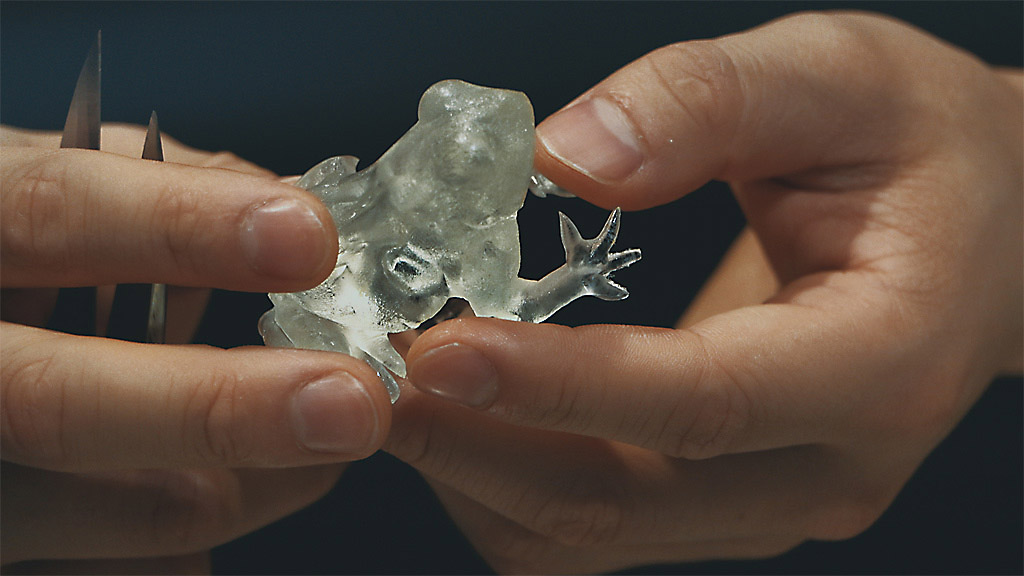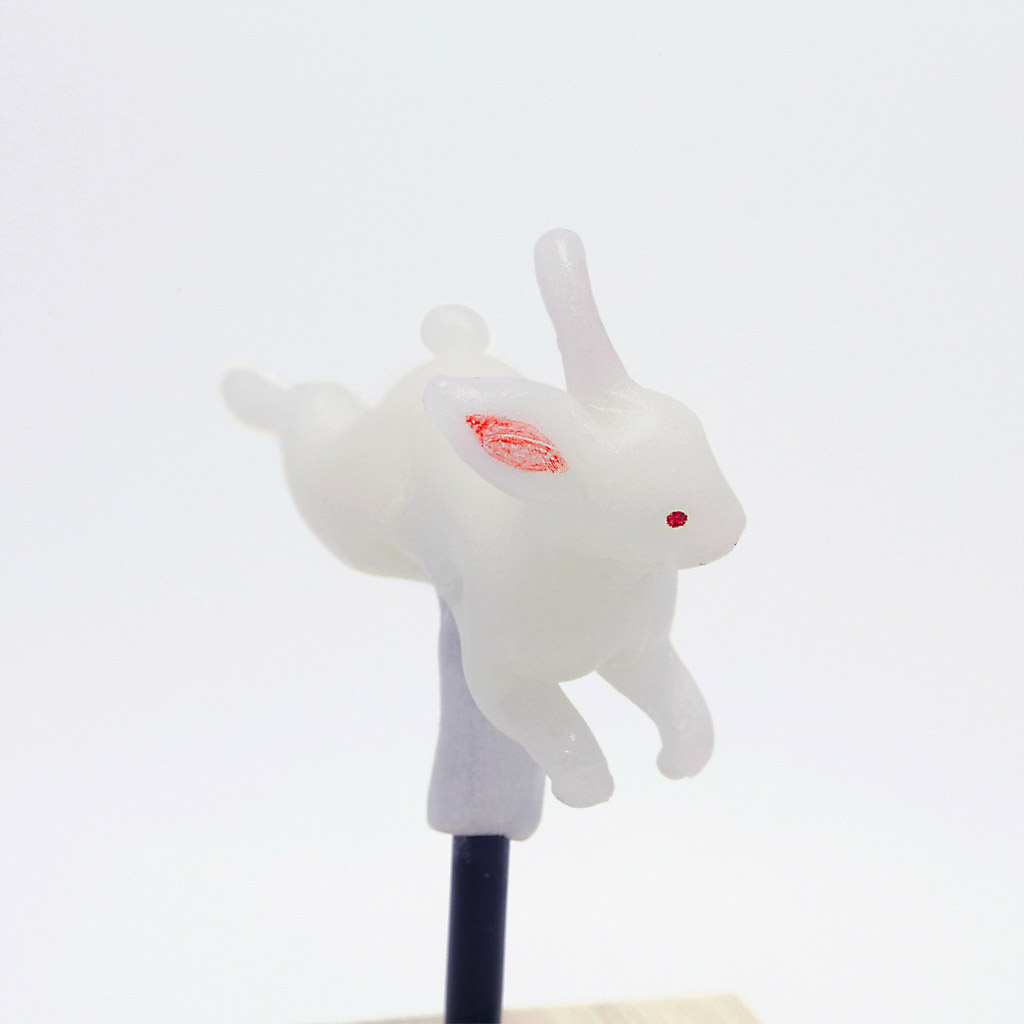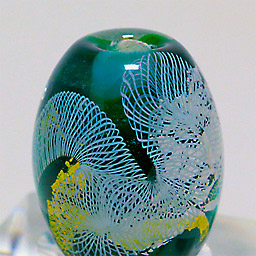[Amezaiku]
飴細工
飴細工は、奈良~平安時代に、寺へのお供え物や献上物として作ったのが始まりといわれていますが、詳しいことは分かっていません。江戸時代になると、江戸の町に飴細工が広まり、飴細工職人が生まれました。歌や踊りでにぎやかに飴を売り歩き、庶民の間で人気が広まったということです。
Candy Sculpture
Amezaiku, or Japanese candy sculpture, is said to have originated as confections offered to temples in the Nara and Heian Periods, but the particulars remain unknown. Amezaiku came to prominence in the city of Edo (old Tokyo) during the Edo Period, giving rise to the amezaiku artist. It is said that these artists often used song and dance to sell their confections, as amezaiku rapidly gained popularity among the common townspeople.
飴細工師
手塚新理
Amezaiku Artist
Shinri Tezuka

手塚工藝株式会社代表。
1989年千葉県生まれ。幼少より造形や彫刻に勤しみ、飴細工アメシンとして全国各地にて製作実演や体験教室、オーダーメイド等を手掛けてきた、日本随一の技術力を誇る飴細工師。
| 2013年 | 東京浅草に飴細工の工房店舗「浅草 飴細工アメシン」を設立。 |
| 2015年 | 東京ソラマチに2号店をオープン。 |
Founder and CEO, Tezuka Arts & Crafts Co., Ltd.
Born in Chiba Prefecture in 1989. Worked with sculpture and carving from a young age. Has since established himself as Japan’s premier amezaiku artist through his brand and amezaiku artist collective Amezaiku Ameshin, holding live candy sculpture demonstrations and workshops throughout Japan, and specializing in made-to-order confections.
| 2013年 | Established the amezaiku candy store and factory Asakusa Amezaiku Ameshin in Asakusa, Tokyo |
| 2015年 | Opened second location at Tokyo Solamachi |


インタビュー
今にも動き出しそうな、いきいきとした金魚やかえるたち。これが飴でできているとは驚きです。アメシン代表の手塚さんが飴細工師を目指したのは20歳のときのこと。飴細工は元々庶民の間で広まったもので、今でいうストリートカルチャー。文献が少なく、飴細工の世界も縮小して弟子入りできる職人が減っていたため、手塚さんは独学で研究を始め、ひたすら飴に向き合う日々が続きました。伝統的な製法では、飴に空気を含ませ、白色にするのが主流。しかし手塚さんは飴を触っているうちに、飴本来の透明感や清涼感を生かせないかと考えるようになりました。そして生まれたのが、透明な飴にあざやかな色を施した作品の数々です。繊細で躍動感のある作品は人々を魅了し、金魚やかえるは、季節を問わない人気商品となりました。
去年はニューヨーク、今年に入ってからは香港で、飴細工作りを披露しました。「国際的にも飴細工のポジションを高めていきたい」と手塚さん。多くの人々に喜んでもらえるものを作るために変化することが、飴細工の未来を作っていくと思っている、と話してくれました。


Interview
Goldfish and frogs that look as though they might spring to life at any moment. And they are made -believe or not- using sugar syrup. Shinri Tezuka, founder of candy store Ameshin, first set out to be an amezaiku artist at the age of twenty. Amezaiku originally came to prominence as something for the common people to enjoy, a form of street culture in its day. With literature on the subject sparce, and a shrinking amezaiku industry, fewer artists were able and willing to take on apprentices. Therefore, Tezuka began his study independently and devoted many days to mastering mizuame—the starchy syrup that serves as the candy’s base. The traditional way of making amezaiku usually involves incorporating air into the mizuame to turn it into white taffy. Tezuka, however, wondered whether it might be possible to retain the mizuame’s cool, glassy look and texture. And thus an array of candy sculptures made from clear taffy and vibrant, naturally-derived coloring were born. These ornate and dynamic works of art have captivated many, and the goldfish and frogs are popular all year round.
Tezuka exhibited his amezaiku in New York last year, and this year, in Hong Kong. “I want to spread the art of amezaiku internationally as well,” he says. He believes that the future of amezaiku lies in changing with the times to create products that can be enjoyed by many.



浅草飴細工 アメシン
Asakusa Amezaiku Ameshin

店舗情報 / Shop Information :
[浅草 本店工房]
住所:住所:東京都台東区今戸1-4-3 1F
[Asakusa Main Store and Factory]
Adress:1F, 1-4-3 Imado, Taito-ku, Tokyo
電話番号 / Telephone:
03-5808-7988
営業時間 / Hours of Operation:
11:00~18:00
定休日:木曜日
Closed:Thursday
※本店は、体験教室や展示、休憩場(カフェ)として運営しています。
※Workshops and exhibits are held at the Main Store, which also has an in-store café.
[東京スカイツリータウン・ソラマチ店]
住所:東京都墨田区押上1-1-2 東京スカイツリータウン・ソラマチ4階イーストヤード11番地
[TOKYO SKYTREE TOWN Solamachi Store]
Adress:4F TOKYO SKYTREE TOWN Solamachi, 1-1-2 Oshiage, Sumida-ku, Tokyo
電話番号 / Telephone:
03-6240-4155
営業時間 / Hours of Operation:
10:00~21:00
定休日 : 休館日に準ずる
Closed:Same as building holidays
※ソラマチ店では、主に飴細工の実演や販売を行っています。
※The Solamachi Store features amezaiku sugar sculpture demonstrations and candy sales
ホームページ / Website:
http://www.ame-shin.com/![]()








